
News about Astrophysics
Viser 193 til 216 af 429 dokumenter.


André Endrup Hartwigsen

Daniel Ploug Hall

Iason Michail Skretas

Mark Falkenstrøm

Nicolas Konrad Voigt Grunwald

Victoria Quist

Marcus Horskær Bredtved
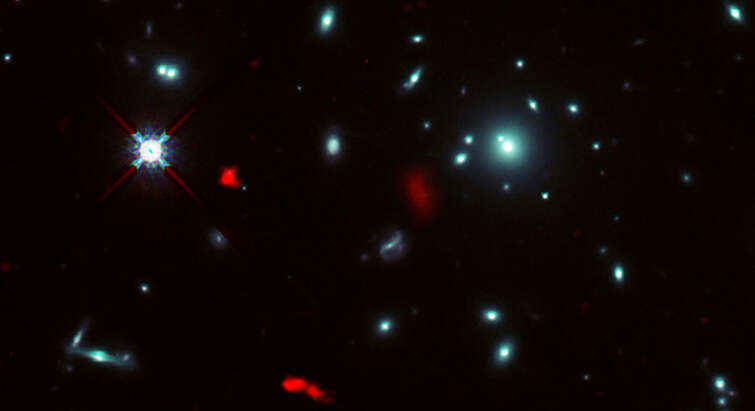
ALMA Discovers Rotating Infant Galaxy with Help of Natural Cosmic Telescope
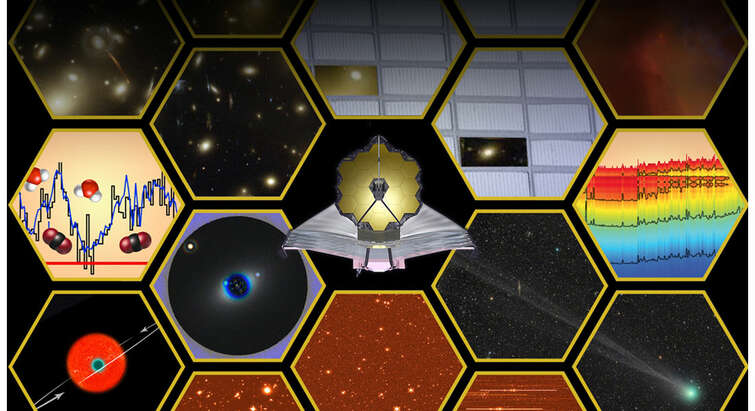
Danish participation in over a third of the new James Webb Space Telescope’s initial observations

Markus Thor Rasmussen
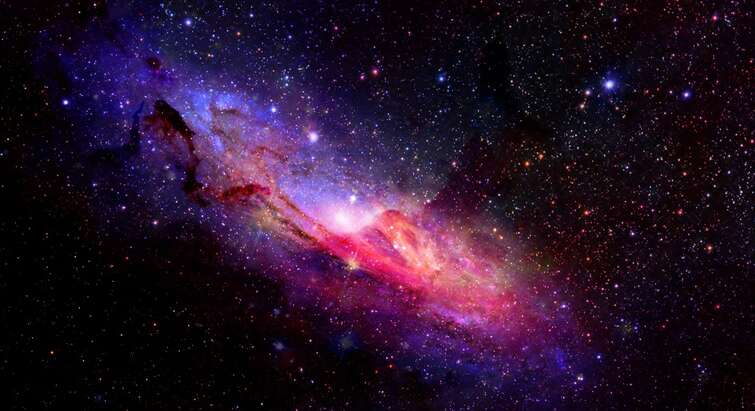
New study shows doubt about the composition of 70 percent of our universe

Oliver David Damkjær

Danmark lander på Mars
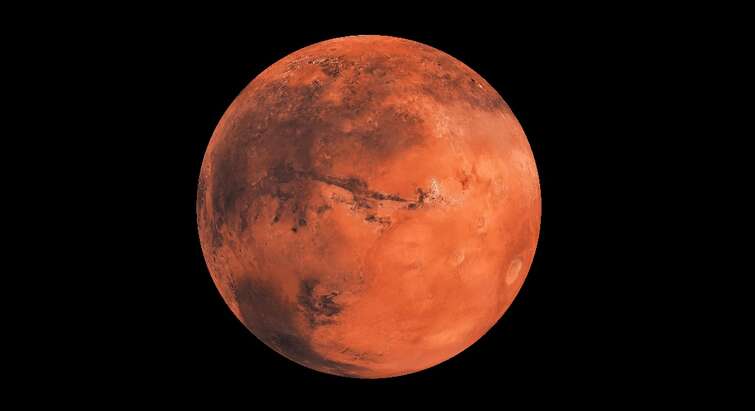
Are we alone? UCPH researchers hold their breath ahead of Mars landing

Are we alone? UCPH researchers hold their breath ahead of Mars landing
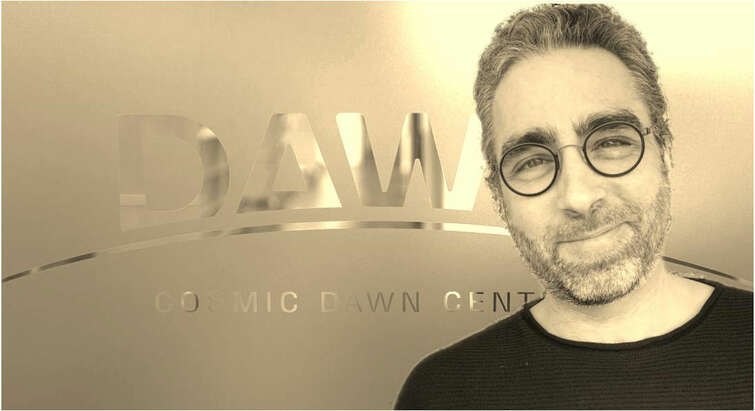
Georgios Magdis receives Villum Young Investigator Plus grant to investigate the beginning of galaxies
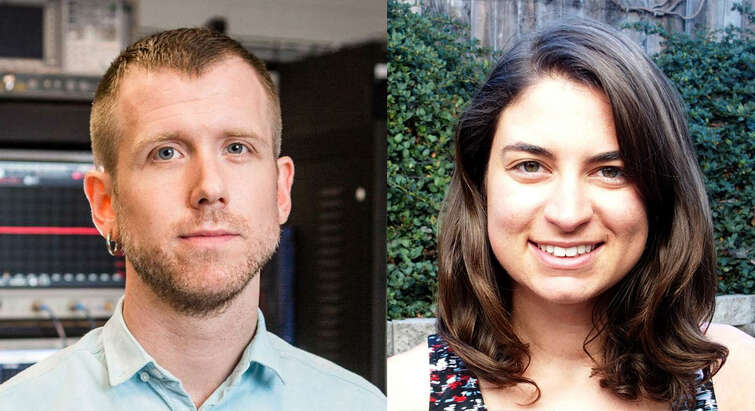
Two young researchers from the Niels Bohr Institute receive Villum Young Investigator grants

Athanasios Anastasiou

Understanding galaxy evolution

Jacob Svensmark
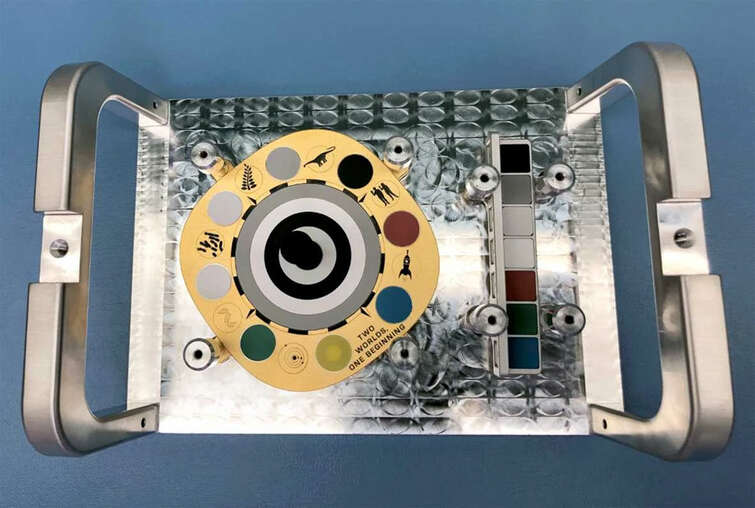
The Niels Bohr Institute develops calibration target, now on its way to Mars
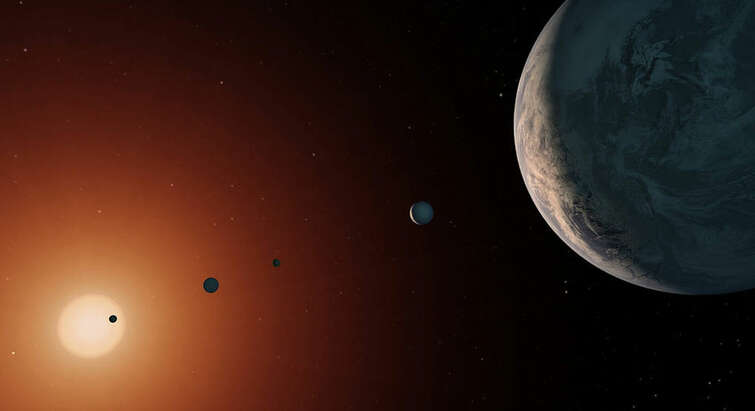
The Solar System follows the Galactic standard – but it is a Rare Breed

